From Greens to Streams: Can less fertilizer become par for the course?
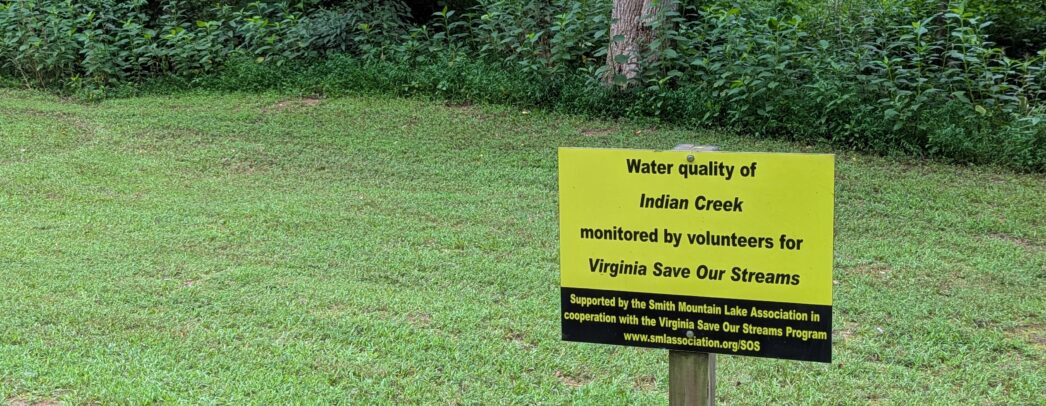
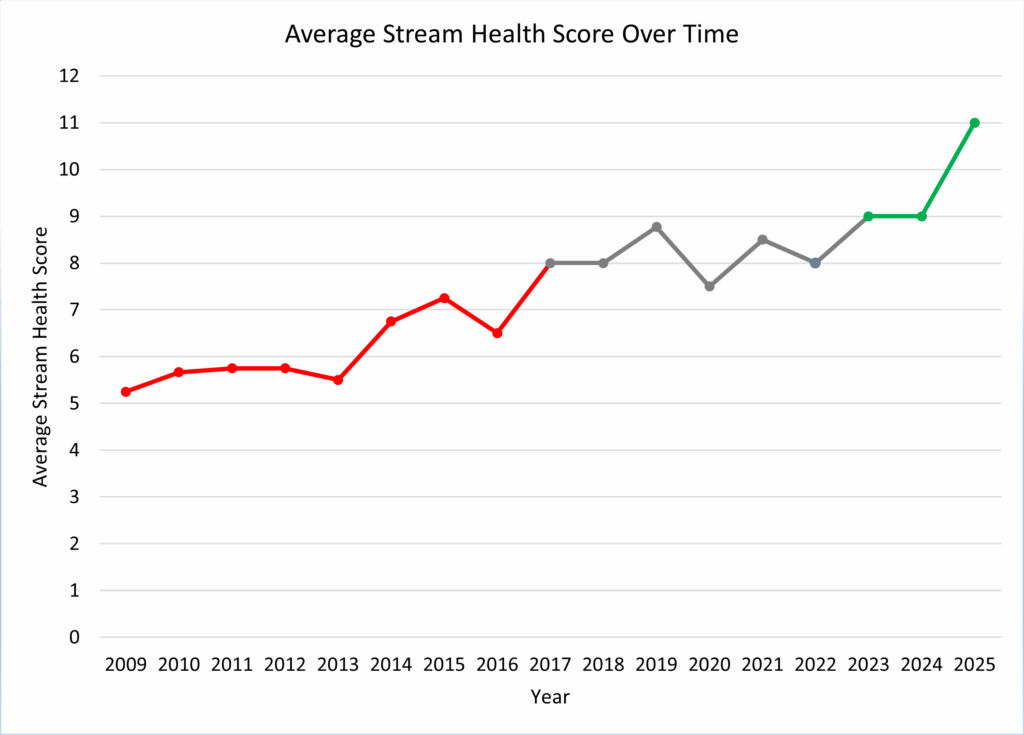
An unnamed tributary of Indian Creek, which feeds into Virginia’s Smith Mountain Lake, has been monitored by Virginia Save Our Streams (VA SOS) volunteers Jean and Lee Borgman for over 15 years. The Borgmans, who are members of the Blue Ridge Foothills and Lakes Master Naturalist chapter, have monitored the site two to four times per year every year since 2009. Between 2009 and 2014 the creek’s health score consistently fell in the “unacceptable” category. In 2014 the creek received its first “grayzone” score and has been slowly but surely improving in score ever since. The creek received its first “acceptable” score in 2015. In March of this year, it received its best score ever – an 11. The highest score possible is a 12. (For a brief explanation of the VA SOS scoring system, click here)
Interestingly, the Borgmans’ monitoring site is located on a golf course. Golf courses can tend to be associated with poor water quality due to their large expanses of turf, which don’t do much in terms of filtering runoff and are often maintained using significant amounts of chemical herbicides and fertilizers. From the beginning, the Borgmans developed a relationship with the golf course supervisor and learned that he was well-informed about the harmful effects of phosphorus-rich fertilizers on water quality. “He did not need us to tell him what to do (he understood about phosphorus) but would always stop by to see how the scores were trending when we were there. He really wanted to get good scores!” reported Jean.

Around 2012, the golf course began introducing grass strains, specifically zoysia, that thrive without fertilizers. A few years later, in 2014, the stream received its first “grayzone” score. Then in 2021, the previously private course was sold and become a public course. As a result of both these factors, the level of maintenance has been greatly reduced. This is a win-win in terms of both cost and environmental impact.
The Borgmans plan to continue monitoring the creek in the coming years. While the impact from the golf course has been reduced, there is ongoing development in the surrounding area that may also affect the water quality. You can see all the stream’s data on the Clean Water Hub.
VA SOS volunteers from Blue Ridge Foothills and Lakes Master Naturalists and the Smith Mountain Lake Association also monitor another nearby site on a different golf course. VA SOS monitor Carolyn Briggs and Smith Mountain Lake Association board member John Rupnik have both worked with the golf course owner and managers to encourage good landscaping practices, including installing a riparian buffer and limiting chemical fertilizers. This site, on an unnamed tributary of Craddock Creek, dramatically increased in score from a 6 in Spring 2024 to a 12 in Spring 2025, making it the “most improved” VA SOS stream during that time period. The creek has only been monitored since 2023, so we do not have enough data to declare a victory yet, but this is stream is certainly one to keep an eye on. Stay tuned!

If you are an SOS, Salt Watch, or Nitrate Watch volunteer, why not try starting a conversation with the owner or manager of the land your stream is located on (or downstream of)? You may learn something – perhaps they are more interested in water quality than you were expecting! You may even have the opportunity to share your data and discuss stream-friendly land management practices. For more information on practices that can help reduce nutrient pollution, check out these fact sheets:
Image of Indian Creek sign courtesy of Geoff Orth
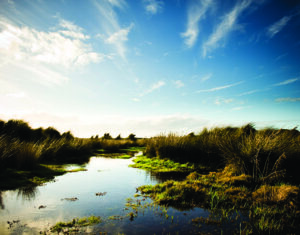
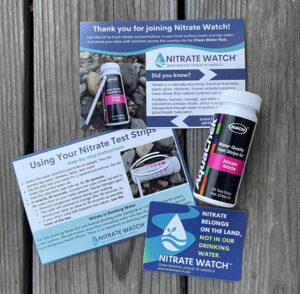 Your kit will include a bottle containing 25 nitrate test strips which you can use to test your water source(s) throughout the year. You’ll also receive postcards explaining how to use your nitrate test strips and how to share your Nitrate Watch results on the Clean Water Hub.
Your kit will include a bottle containing 25 nitrate test strips which you can use to test your water source(s) throughout the year. You’ll also receive postcards explaining how to use your nitrate test strips and how to share your Nitrate Watch results on the Clean Water Hub.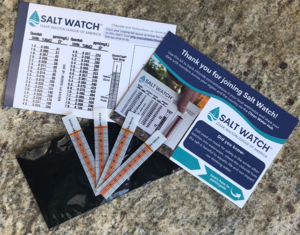 Your kit will include four test strips so you can test your waterway throughout the season. You’ll also receive a chart to help you interpret your results and a postcard with instructions for completing a Salt Watch test and reporting your findings.
Your kit will include four test strips so you can test your waterway throughout the season. You’ll also receive a chart to help you interpret your results and a postcard with instructions for completing a Salt Watch test and reporting your findings.